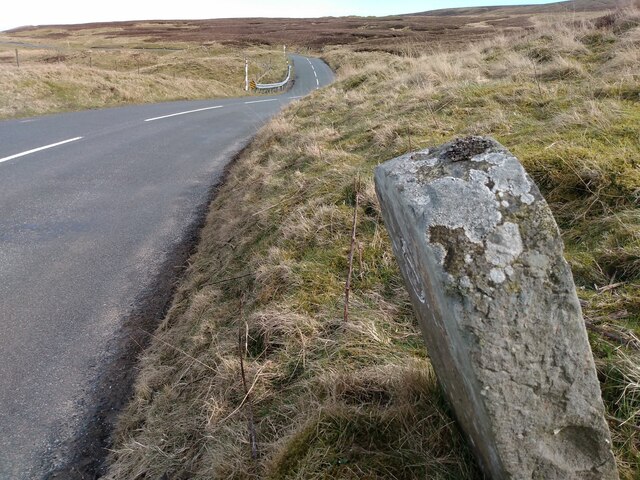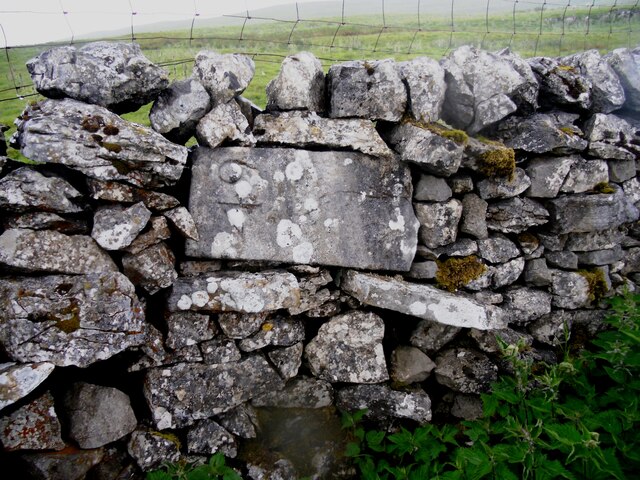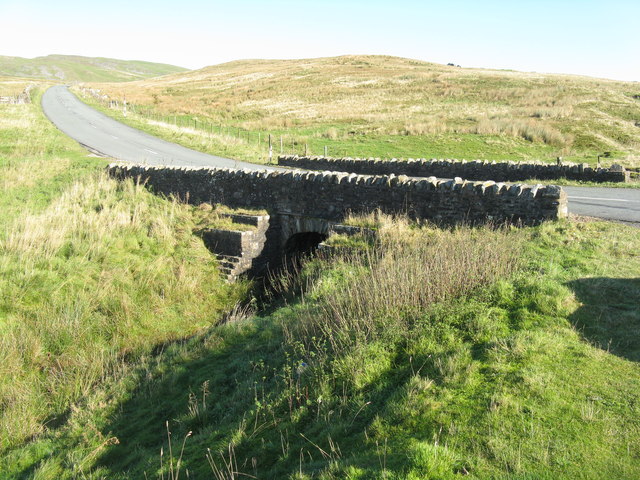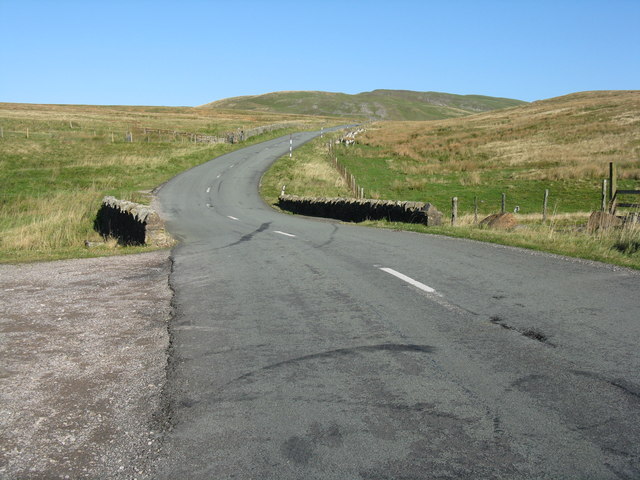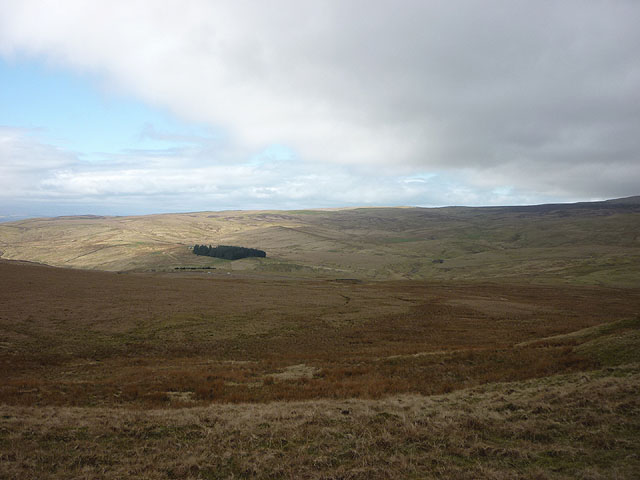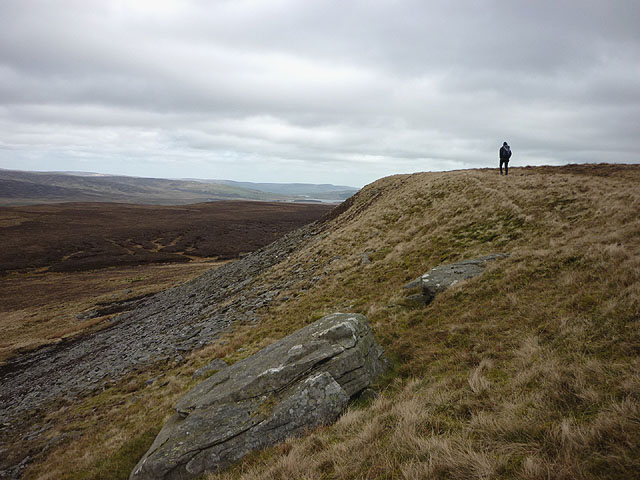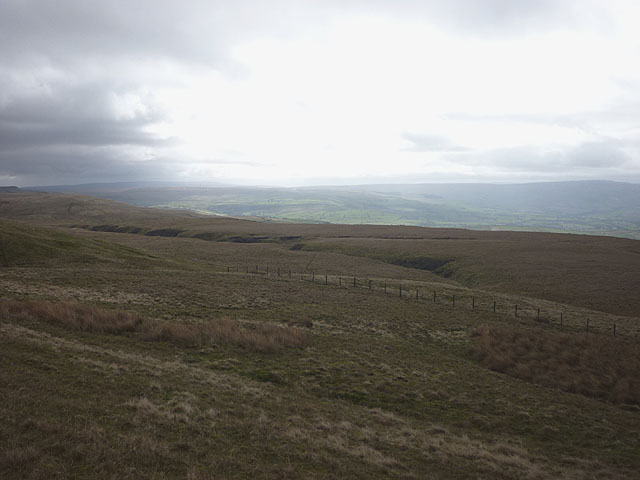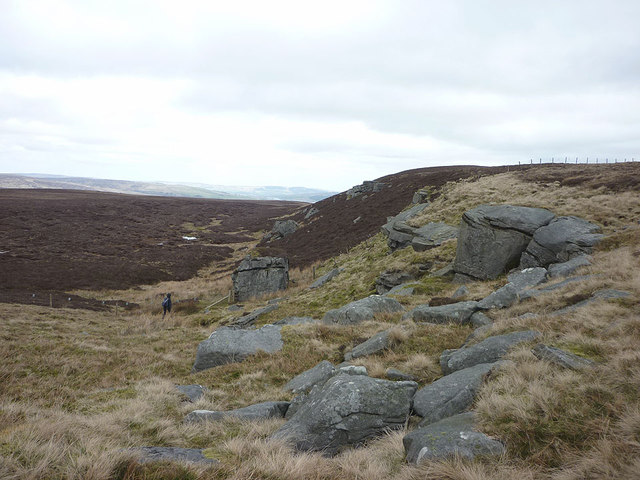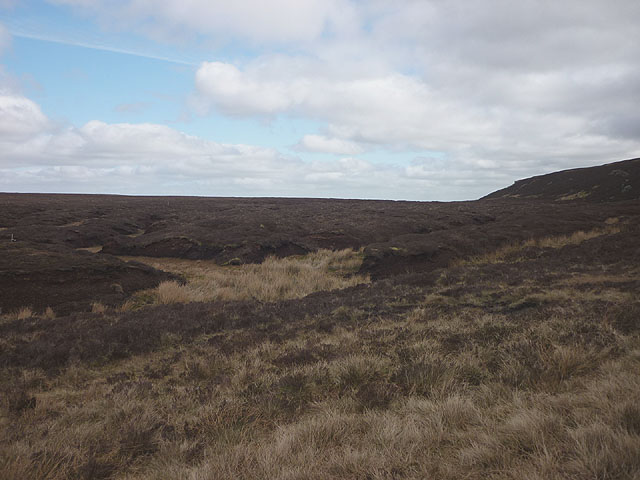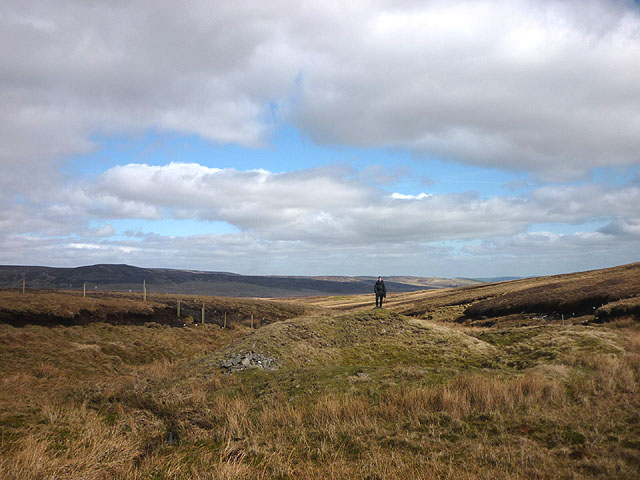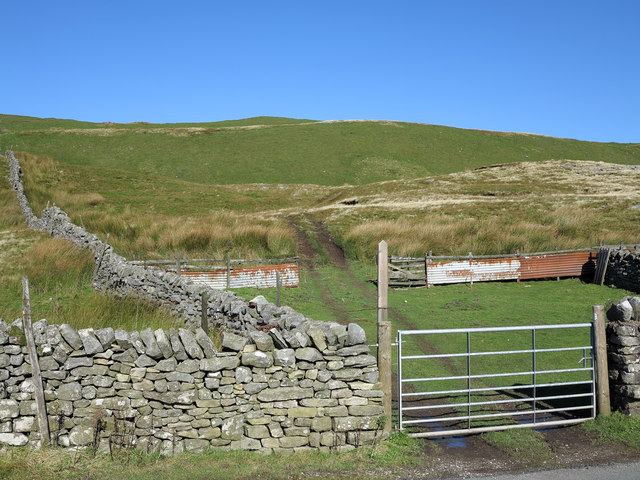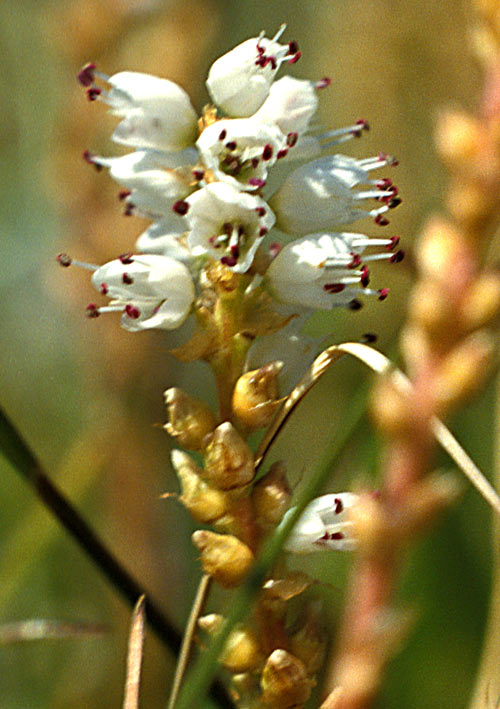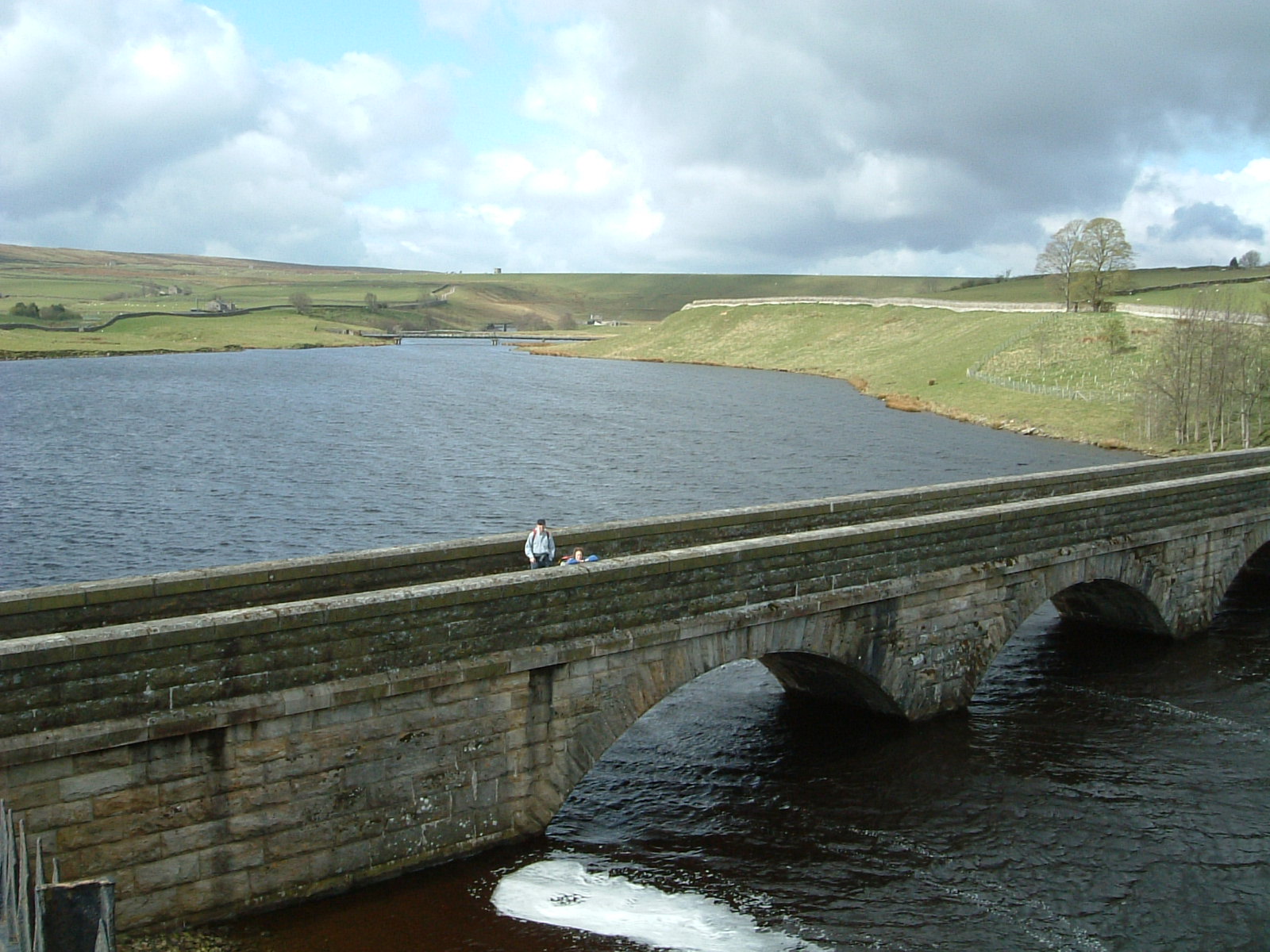Dow Crag
Hill, Mountain in Westmorland Eden
England
Dow Crag
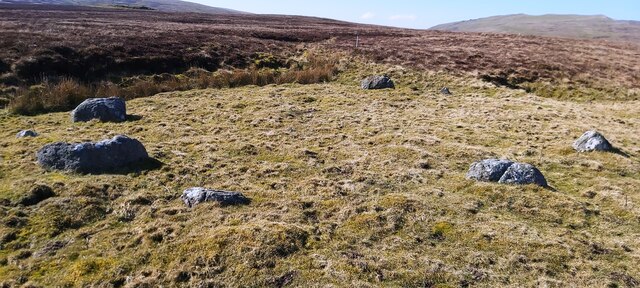
Dow Crag is a prominent hill and mountain located in the county of Westmorland, in the Lake District National Park, England. Sitting at an elevation of 778 meters (2,552 feet), it offers breathtaking views and is a popular destination for hikers and climbers.
Formed by volcanic activity millions of years ago, Dow Crag is characterized by its rugged and craggy terrain. The mountain is composed mainly of hard volcanic rock, giving it a distinctive appearance and making it a challenging climb for experienced mountaineers.
The ascent to Dow Crag begins from the village of Coniston, where hikers can follow various routes to reach the summit. One of the most popular routes is via the Old Man of Coniston, a nearby peak often combined with Dow Crag to form a longer and more rewarding hike.
The summit of Dow Crag offers panoramic views of the surrounding landscape, including Coniston Water, the Old Man of Coniston, and the nearby fells and valleys. On clear days, it is even possible to see as far as the Irish Sea and the Isle of Man.
Dow Crag is also renowned for its rock climbing opportunities, with numerous routes of varying difficulty attracting climbers from all over. The craggy cliffs and vertical rock faces provide a challenging and exhilarating experience for those seeking an adrenaline rush.
With its striking beauty and challenging terrain, Dow Crag is a must-visit destination for outdoor enthusiasts and nature lovers looking to explore the stunning landscapes of Westmorland and the Lake District.
If you have any feedback on the listing, please let us know in the comments section below.
Dow Crag Images
Images are sourced within 2km of 54.564458/-2.2455387 or Grid Reference NY8418. Thanks to Geograph Open Source API. All images are credited.
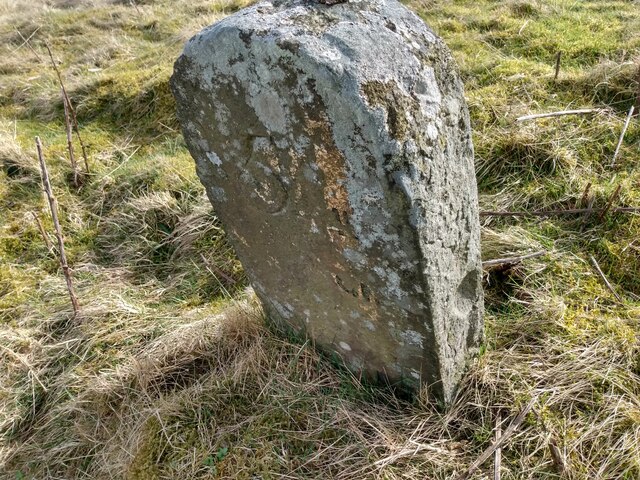
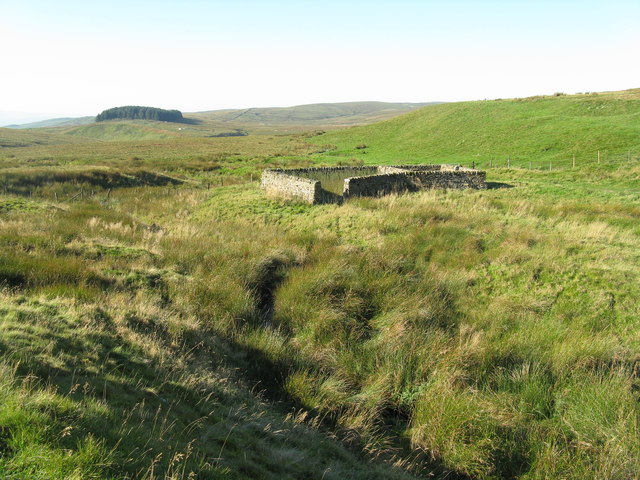
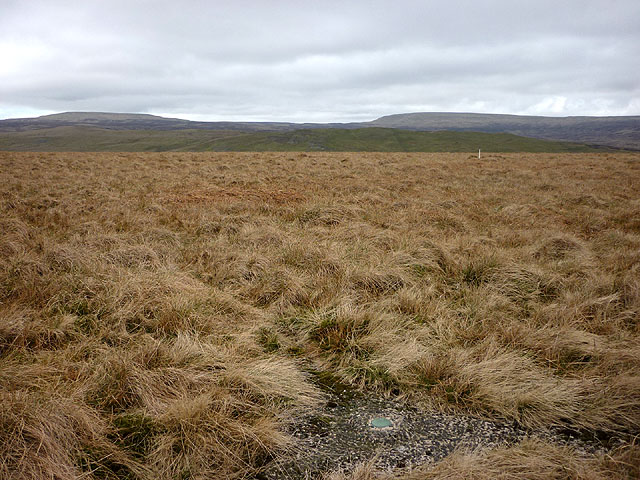
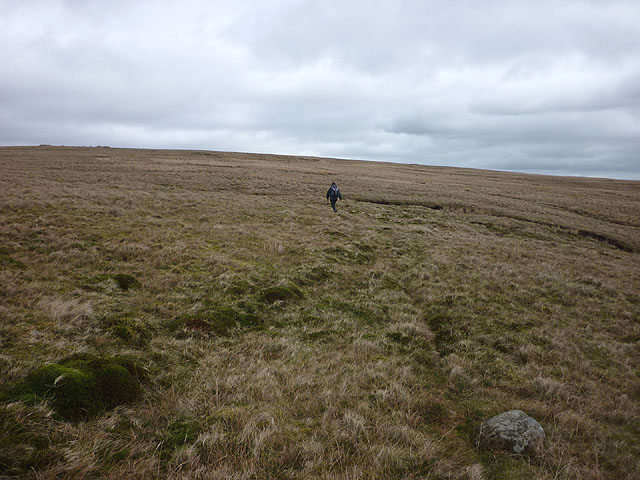
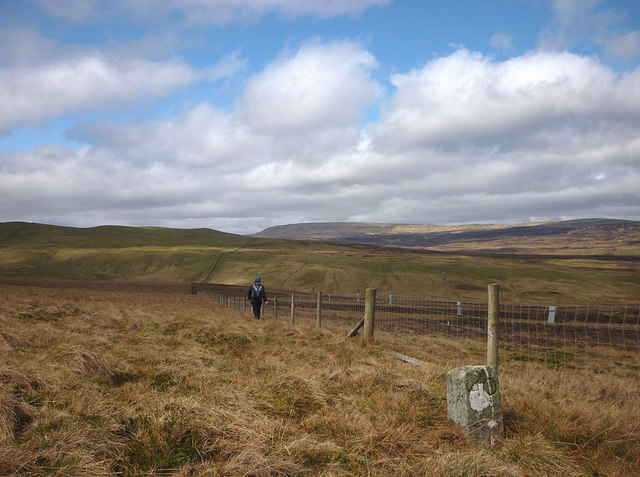
Dow Crag is located at Grid Ref: NY8418 (Lat: 54.564458, Lng: -2.2455387)
Administrative County: Cumbria
District: Eden
Police Authority: Cumbria
What 3 Words
///slightly.city.shirtless. Near Holwick, Co. Durham
Nearby Locations
Related Wikis
Lune Forest
Lune Forest is a Site of Special Scientific Interest covering an extensive area of moorland in the Teesdale district of west Durham, England. In the north...
Foster's Hush
Foster's Hush is a Site of Special Scientific Interest in the Teesdale district of west County Durham, England. It is located in the valley of Lune Head...
Grains o' th' Beck Meadows
Grains o' th' Beck Meadows is a Site of Special Scientific Interest in the Teesdale district of south-west County Durham, England. It consists of three...
A66 road
The A66 is a major road in Northern England, which in part follows the course of the Roman road from Scotch Corner to Penrith. It runs from east of Middlesbrough...
Close House Mine
Close House Mine is a Site of Special Scientific Interest in the Teesdale district of west County Durham, England. It is a working opencast mine located...
Stainmore
Stainmore is a remote geographic area in the Pennines on the border of Cumbria, County Durham and North Yorkshire. The name is used for a civil parish...
Lunedale
Lunedale is the dale, or valley, of the River Lune, on the east side of the Pennines in England, west of Middleton-in-Teesdale. Its principal settlements...
Battle of Stainmore
The Battle of Stainmore was probably fought between the Earldom of Bernicia, led by Oswulf, and the forces of the last Norse king of Jórvík (York), Eric...
Nearby Amenities
Located within 500m of 54.564458,-2.2455387Have you been to Dow Crag?
Leave your review of Dow Crag below (or comments, questions and feedback).
